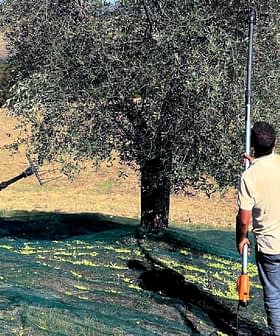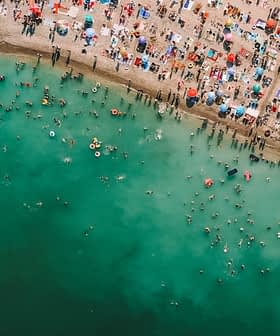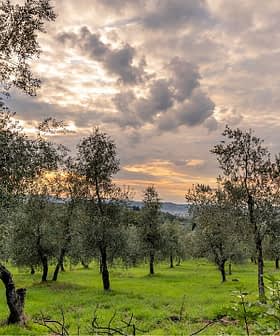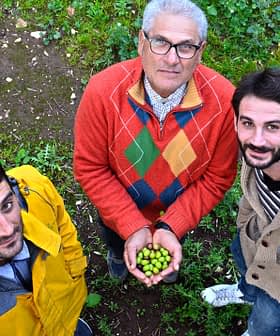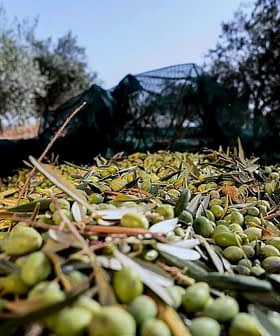Expo Milano 2015 is the Universal Exhibition hosted by Italy from May 1 to October 31, 2015, based on the issues of food and nutrition. “Feeding the Planet, Energy for Life” is the core theme of the event with more than 140 participants including countries, international organizations, and civil society organizations, within a structure of 1.1 million square meters.
Expo 2015 is a great opportunity to talk to the world.
The Expo is a showcase for the best food technologies from around the world for the estimated 20 million visitors who can experience the excellence of traditional food and gastronomy of each country and enjoy the events that will be held in the various pavilions, like conferences, concerts and exhibitions.
The goal is to educate people on the development and use of healthy, safe and respectful food for all inhabitants of our planet.
The exhibition site is divided into four areas by two main axes, Cardo and Decumano, inspired by the structure of the ancient Roman cities. The first, 350 meters long, is entirely occupied by the Italian Pavilion with the exhibition areas of regions, provinces, municipalities and Italian specialties. The second, more than a kilometer long, is dedicated to the pavilions of other countries.
The Bio-Mediterraneum cluster is based upon the Mediterranean diet and way of life. It connects Albania, Algeria, Egypt, Greece, Lebanon, Malta, Montenegro, San Marino, Serbia, Tunisia and the Sicily Region — the official partner of the cluster and coordinator of its activities — and puts special emphasis on participation and the integration of cultures.
Along the Cardo, between the food and beverages companies (Lavazza, San Pellegrino, Granarolo, Citterio, Birrificio Poretti, Martini & Rossi) we find the only EVOO producer in partnership with the Italian Pavilion: Coppini Arte Olearia.
It is placed in a portion of the pavilion called Olive Oil and Olive Tree Square (Piazzetta dell’Olio e dell’Olivo) where Taste Ambassadors entertain guests, giving information on the world of extra virgin olive oil: tasting techniques, food pairing and health benefits. They involve visitors in the olive oil tasting experience, suggesting a few basic principles of sensory analysis with the distribution of a tasting manual.
“Expo 2015 is a great opportunity to talk to the world. We want to offer awareness and knowledge to the consumers,” said Francesco Coppini. He manages the family business with his father Ernesto and his brothers Paolo, Matteo, and Pier Luigi.
Coppini explained to us that the company’s logistics management is located in Parma, Emilia Romagna, and the production areas are in Abruzzo, Apulia and Sicily. In these regions, the association of Italian olive growers works with the company to manage the olive groves — which include Dritta (Abruzzo), Ogliarola and Coratina (Apulia), Biancolilla and Nocellara (Sicily) — and the pressing facilities.
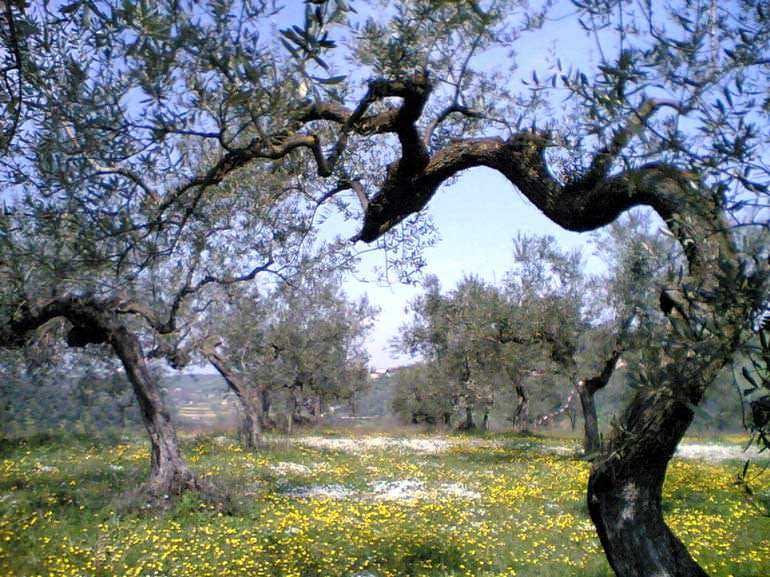
Olive groves at Coppini Arte Olearia
The production process is certified from the plants to the customer’s table, through a certification of traceability and an identity card on the label, in order to affirm clearly and transparently the origin of products.
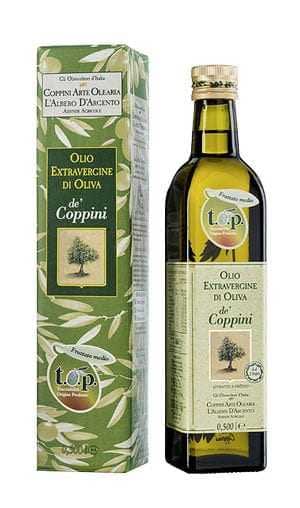
The thing we appreciated, in line with the Expo 2015 concept, is the attention paid to sustainable development. The Coppini Arte Olearia headquarters is called the “Green Factory,” as it is designed in compliance with the European Union project known as 20 – 20-20 which provides by 2020 a 20 percent increase in the use of renewable energy sources and the 20 percent reduction of greenhouse gases emissions.
The structure is powered by energy obtained using a photovoltaic and geothermal system. The ultimate goal is to reach a “100 – 100-2020” plan, achieving self-sufficiency through the exclusive use of clean energy by 2020.
“Our experimental mill in Castelvetrano, Sicily works through a special system that reduces the use of water for the production, and we want to extend an eco-friendly manufacturing method to all of our structures,” Coppini explained. “We have a great responsibility toward the environment and we totally embrace the Expo’s philosophy based on a commitment to a sustainable and fair distribution of food resources.”


